The Painted Desert Inn, once made from petrified wood, was closed in 1963 and ordered to be torn down in 1975. But the concerned public launched a campaign to save the inn. The site became a National Historic Landmark in 1987 and has been restored to its former glory. It is now one of the most popular (non-petrified wood) places in Petrified Forest National Park and will mark 100 years this month.
The Painted Desert Inn is located in the northern section of Petrified Forest National Park in Petrified Forest, AZ. The inn is now a museum open to the public.
The inn is situated on a mesa overlooking the vast and colorful Painted Desert.
What is the Painted Desert?
The Painted Desert is a desert of badlands in the Four Corners area, running 120 miles from around the east end of Grand Canyon National Park to the north end of Petrified Forest National Park. It’s from the Petrified Forest that is most accessible to the public. The Painted Desert is known for its brilliant and varied colors: these include the more common red rock, but also shades of lavender.
In 1540 CE, an expedition led by Francisco Vázquez de Coronado passed through the area and nicknamed it “El Desierto Pintado” (the painted desert) and we’ve been calling it that ever since.
It Started as the Stone Tree House
Herbert David Lore, a homesteader, and his family finished building the structure around 1920 using petrified wood and other native stone. He registered the building with the land office in 1924.
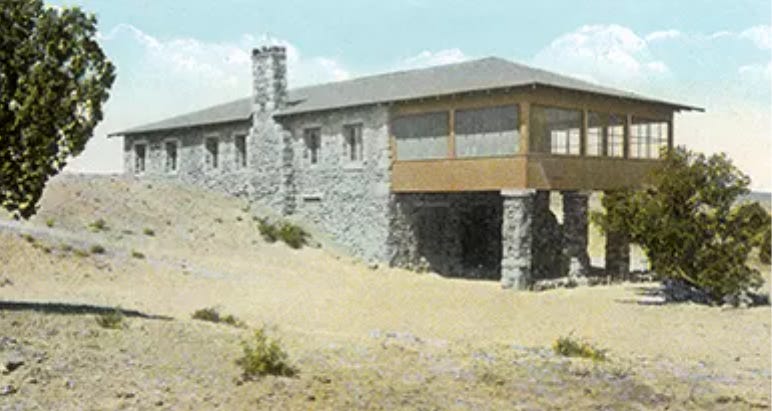
The Stone Tree House was operated as a tourist attraction offering meals, overnight accommodation and American Indian arts for sale. Lore gave two-hour long motor car tours though the Black Forest section of the Painted Desert near the inn.
There was a problem, however. Lore built his inn on a seam of bentonite clay. That’s the same material used in kitty litter. It expands and contracts with moisture. In the 1930s, he expressed interest in selling his property “in order that it could be preserved and protected.” I’m pretty sure he wanted to get out from under an unstable building.
National Park Service and the CCC Take Over
In 1936, Petrified Forest National Monument purchased the building and four-square miles of land for $59,400. That’s approximately $1.3 million in today’s dollars.
Young men employed in the Civilian Conservation Corps (CCC), one of the Franklin D. Roosevelt administration’s back-to-work programs, supplied the labor to renovate and redesign it into a pueblo revival style building. All over the country, the CCC built roads, buildings, and bridges in many national parks including Petrified Forest.
The CCC used ponderosa pine and aspen poles from Arizona forests for the roof beams (vigas) and crafted handmade light fixtures from tin. The concrete floors in the dining room and viewing porch had etched and painted Navajo blanket patterns. Two of the CCC workers hand painted skylight panels based on southwestern native American designs. Below is a sample of six of the panels that can still be seen today.
After World War II began, the CCC disbanded as most of the young men went to war. Civilian travel was curtailed by wartime rationing so the inn closed in October 1942.
The Fred Harvey Company
The Fred Harvey Company was founded in 1876 by Fred Harvey to cater to the growing number of train passengers. After Harvey passed away in 1901, the company continued to provide hospitality services to motor car travelers.
The Inn reopened in the late 1940s under the Fred Harvey Company which brought in the company’s architect and interior designer, Mary Elizabeth Jane Coulter to create a new color scheme and work her design magic. She designed some of the historical, well-known buildings in and around the Grand Canyon.
During the Fred Harvey era of the inn, the famous Harvey Girls served the public. The inn was a welcome stop along Route 66 providing travelers with food, souvenirs, and lodging,
Fred Kabotie, a renown Hopi artist was hired to point murals on the dining room and lunchroom walls that are reflections of Hopi culture. He also painted murals at the bar at Bright Angel Lodge at the Grand Canyon however his most famous work can be viewed at the Desert View Watchtower.
Painted Desert Inn Today
In 2006, the Painted Desert Inn reopened following its restoration. The inn now appears as it would have in 1949 and is used for cultural demonstrations and as a day program site for artists-in-residence.
The inn still has the original Fred Kabotie murals. A large mountain lion petroglyph is on display inside the inn. The petroglyph was discovered in the 1930’s and is considered one of the finest and most animated depictions of mountain lions in the region.
How to Visit
The Painted Desert Inn is located in the northern part of the Petrified Forest National Park. Take Exit 311 from either direction on Interstate 40 and head north (the only way you can go). The park has an entrance fee, but no additional fee is charged to visit the inn.
The inn is located two miles from the north entrance at Kachina Point and is opened year-round with shorter hours than the rest of the park. During the summer there is an ice cream parlor downstairs.
The part will have a celebration on June 21-23 to mark the building’s centennial. There will be tours, exhibits, programs, cultural demonstration art market, Harvey Girls, and guided activities.
Next Time
Did you know that the American Civil War stretched as far west as New Mexico and Arizona? The Confederates looked at New Mexico and Arizona as a way to get control of California and the Pacific ports. Next time, we’ll take a look at the “Confederate Arizona” and skirmishes that occurred in these states between the North and the South.

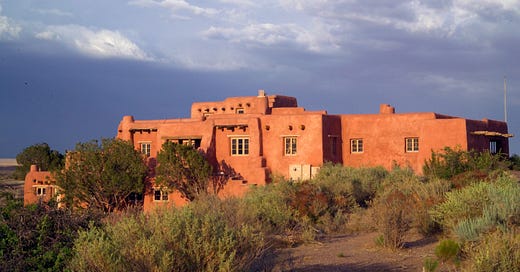





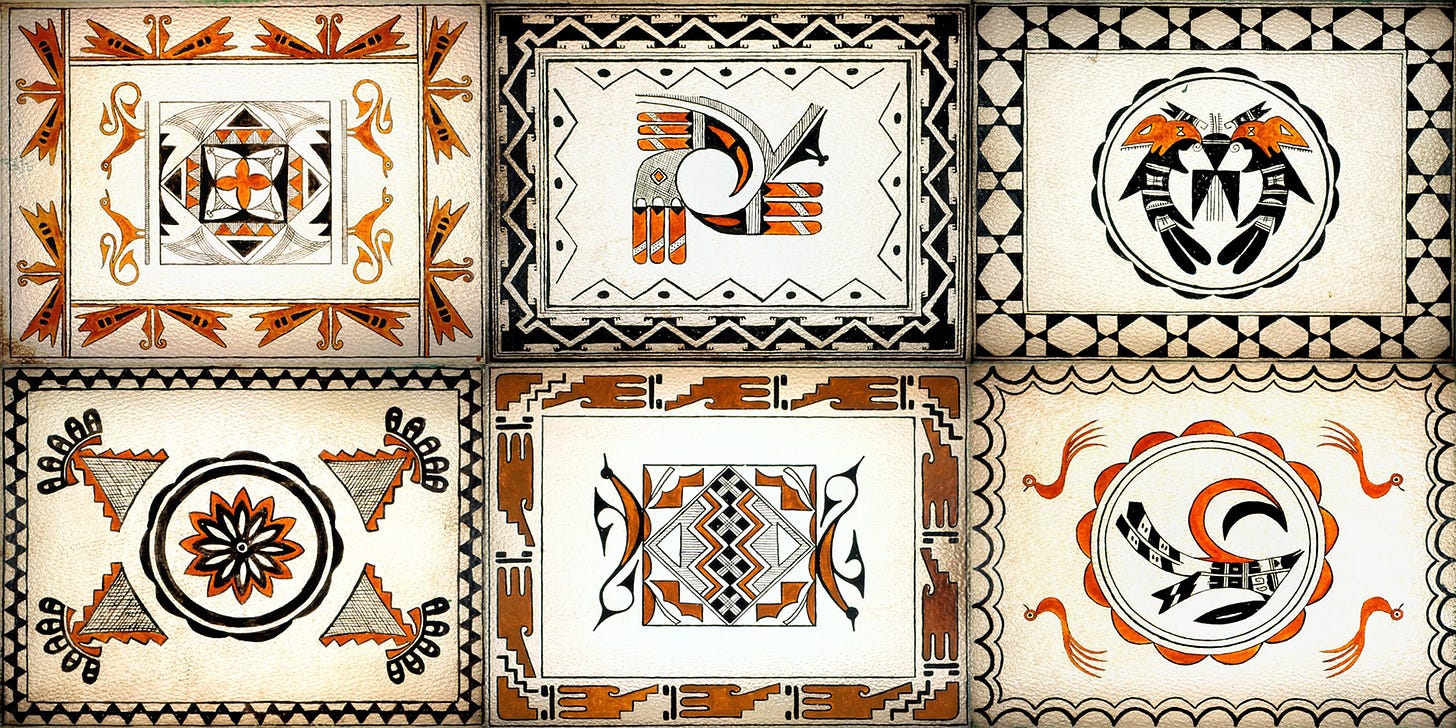

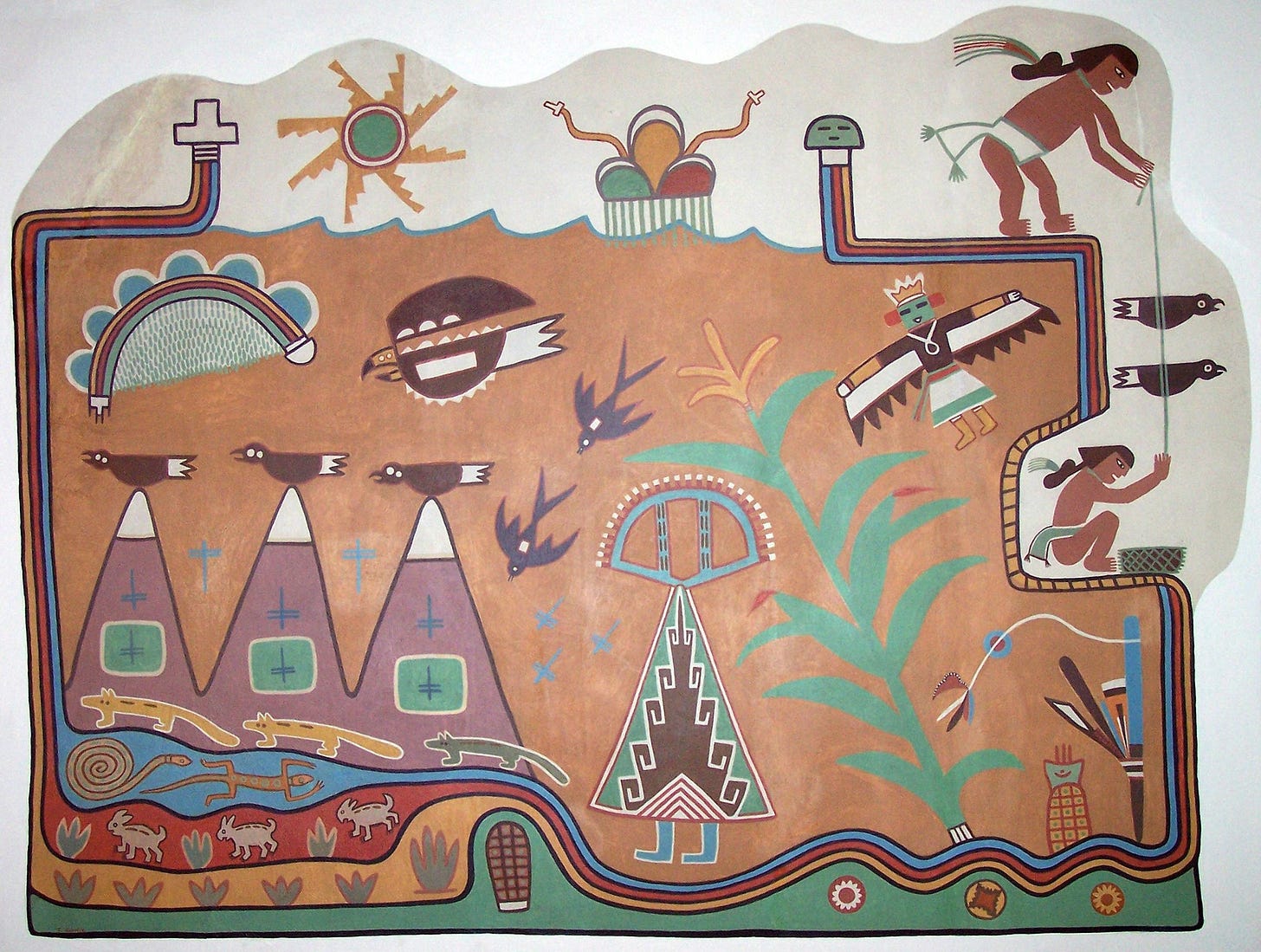

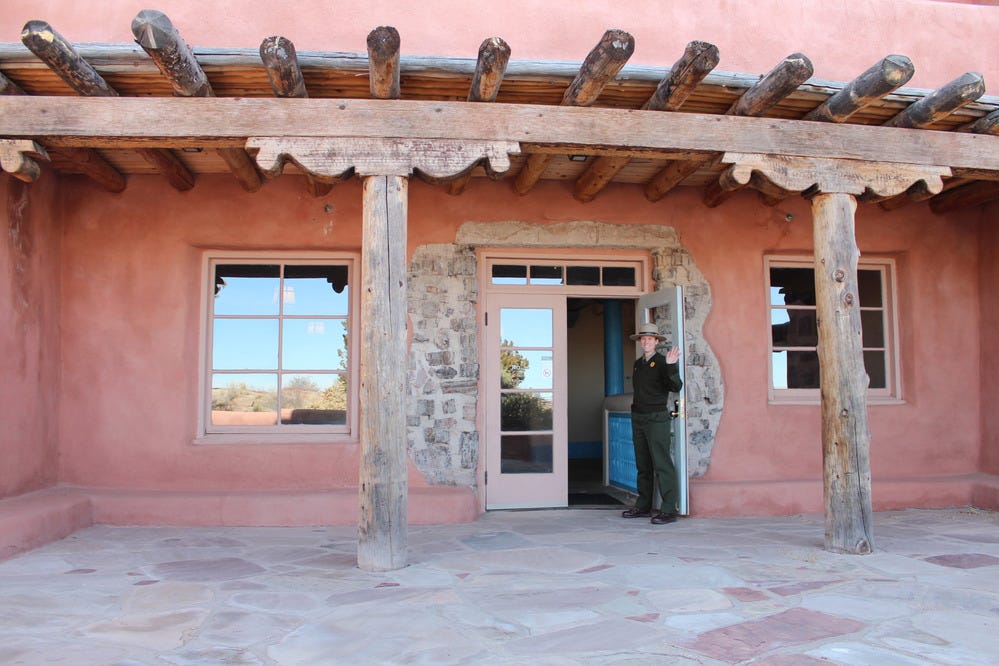
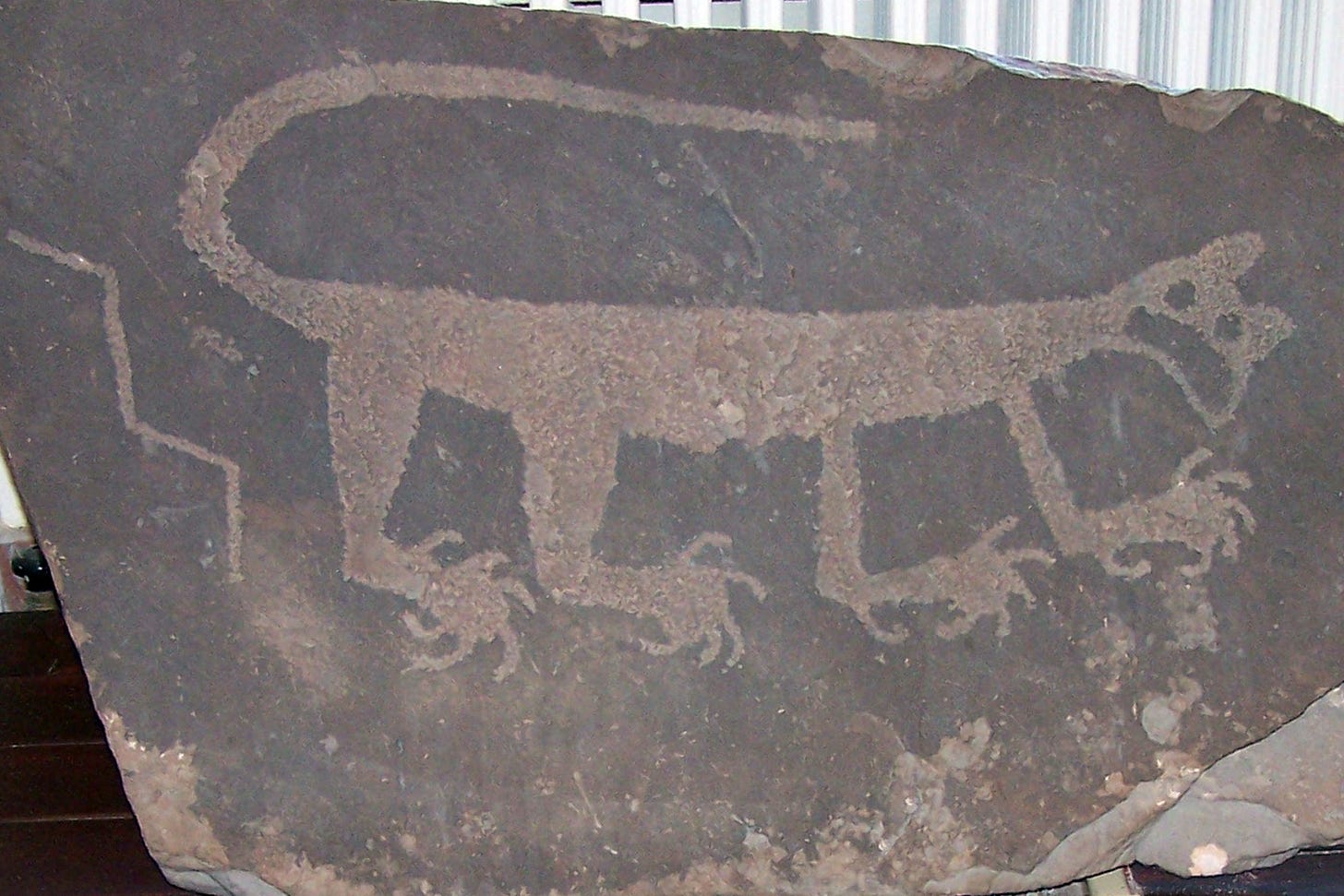


I drove through the Painted Desert one early spring trip back from the East Coast. It was amazing, because it was snowing a little bit with snow flurries covering the ground with a dusting of white. The contrast between the grey-blue-lavender sky with the clouds and snow, with rays of sunshine coming through the clouds. It was magic! Each stop had historical relevance, and at one point we saw a Native American dwellings on a side of a mountain. They look carved into the red rock, and with the snow against the red, it was like being in a fantasy. Thank you Jan!
The CCC did a great job; the pueblo-style looks a lot better than the original house and fits with the landscape so much more. Always happy to learn about the great impact New Deal programs had on the US, in such a wide range of endeavors. We could use another New Deal!